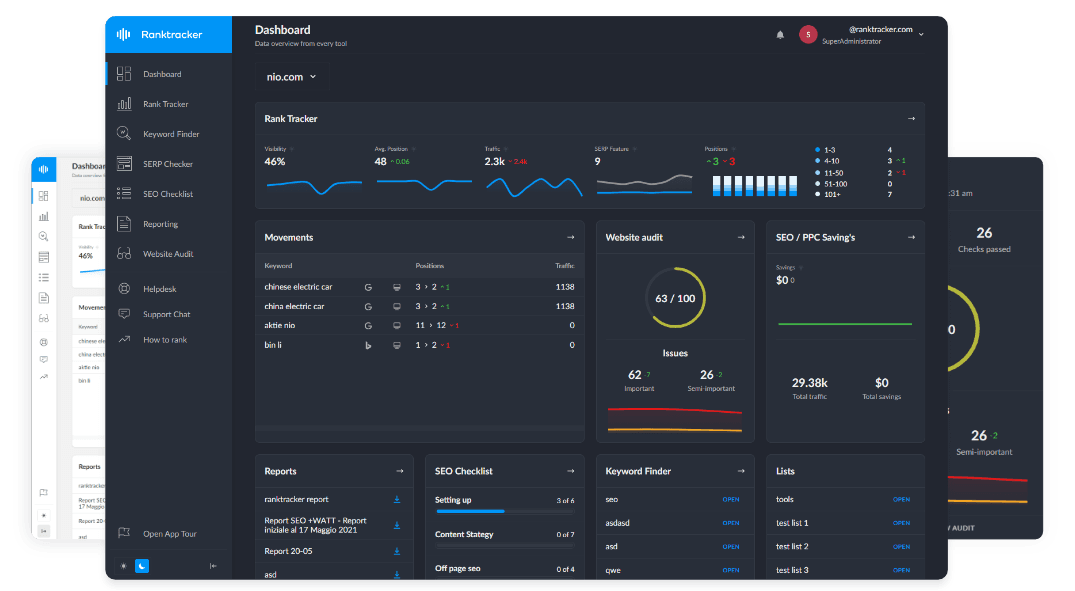Intro
PaLM (Pathways Language Model) is Google’s advanced large-scale NLP model designed to enhance deep language understanding, reasoning, and AI-driven text generation. It leverages the Pathways system, enabling a single model to generalize across multiple NLP tasks.
How PaLM Works
PaLM builds on previous transformer-based architectures, optimizing performance through:
1. Massive-Scale Training
- Trained on 540 billion parameters, making it one of the largest NLP models.
- Uses highly diverse datasets to improve generalization across languages and domains.
2. Few-Shot and Zero-Shot Learning
- Enables AI to perform tasks with minimal examples, reducing dependency on extensive labeled datasets.
3. Enhanced Logical Reasoning
- Utilizes chain-of-thought prompting, improving problem-solving capabilities in NLP tasks.
What is PaLM-E?
PaLM-E is Google’s multimodal, embodied AI model, integrating PaLM’s language processing with real-world perception from robotics and vision models. It enables AI systems to understand and interact with the physical world through text, vision, and sensor inputs.
How PaLM-E Works
1. Multimodal Learning
- Processes and integrates text, images, videos, and sensor data.
- Enables seamless AI interaction between language and real-world perception.
2. Perception-to-Action Mapping
- Applies NLP to interpret and execute robotic tasks based on real-world inputs.
3. Self-Supervised Learning
- Uses vast amounts of data to improve efficiency in robotic automation and multimodal understanding.
Applications of PaLM & PaLM-E
✅ Advanced Conversational AI
- Powers next-generation chatbots with enhanced reasoning and contextual understanding.
✅ Multimodal AI in Robotics
- Enables AI systems to process visual, text, and sensory input for real-world applications.
✅ Text and Code Generation
- Assists in high-quality text completion, programming code generation, and data interpretation.
✅ AI-Powered Search & Summarization
- Enhances AI’s ability to analyze and summarize complex datasets efficiently.
Advantages of Using PaLM & PaLM-E
- Improved Generalization across multiple NLP tasks.
- Multimodal Adaptability for language, vision, and robotics applications.
- Better Problem-Solving Capabilities with logical reasoning enhancements.
Best Practices for Optimizing AI with PaLM & PaLM-E
✅ Leverage Multimodal Capabilities
- Utilize text, image, and sensor-based inputs to maximize AI effectiveness.
✅ Fine-Tune for Specific Tasks
- Train models on domain-specific data for improved performance in targeted applications.
✅ Implement Ethical AI Practices
- Address bias, transparency, and responsible AI use when deploying large-scale models.
Common Mistakes to Avoid
❌ Ignoring Model Interpretability
- Ensure outputs are explainable and aligned with human expectations.
❌ Overreliance on Single-Task Training
- Train AI to generalize across multiple real-world applications.
Tools & Frameworks for Implementing PaLM & PaLM-E
- Google AI & TensorFlow: Provides access to large-scale AI research models.
- Hugging Face Transformers: Offers NLP frameworks for model fine-tuning.
- DeepMind & Google Research: Supports research in multimodal AI.
Conclusion: Advancing AI with PaLM & PaLM-E
PaLM and PaLM-E represent a significant leap in NLP and multimodal AI, combining deep language understanding with real-world perception. By leveraging these models, businesses can enhance automation, AI-driven interactions, and robotics capabilities.

